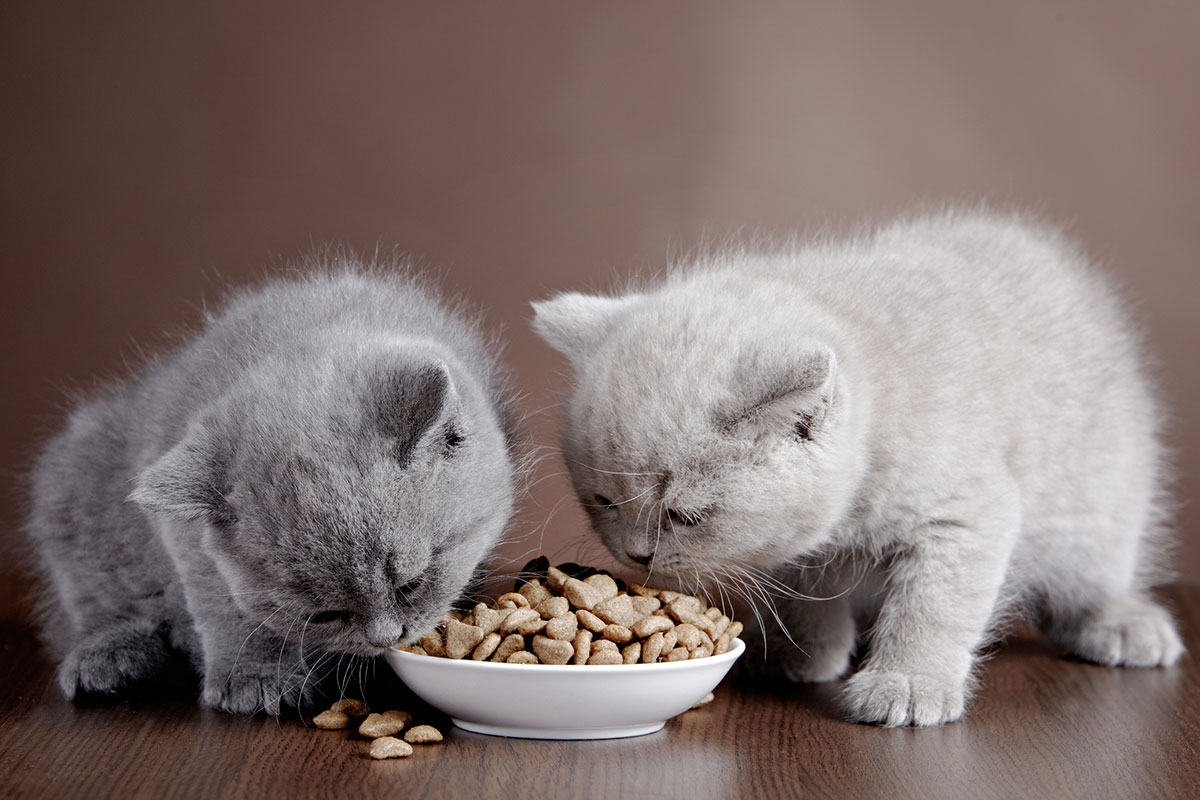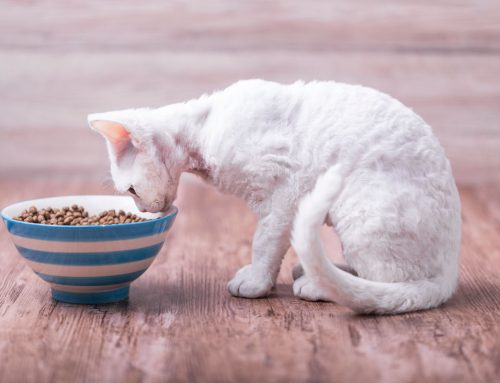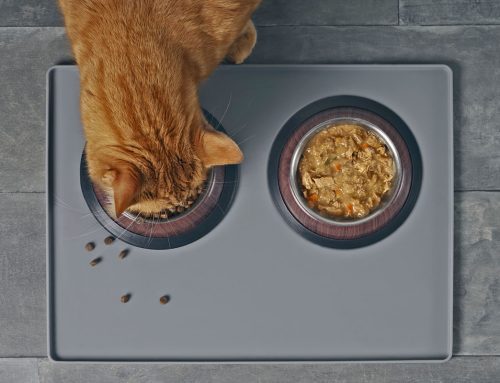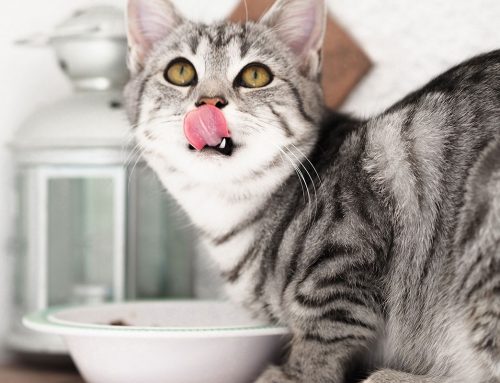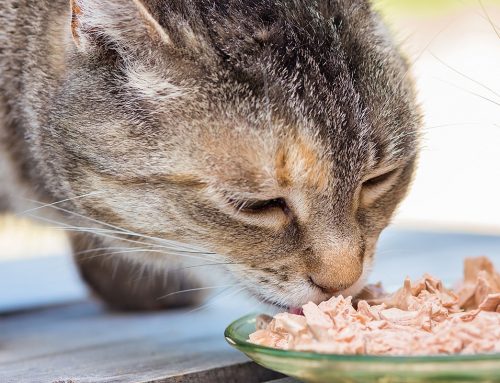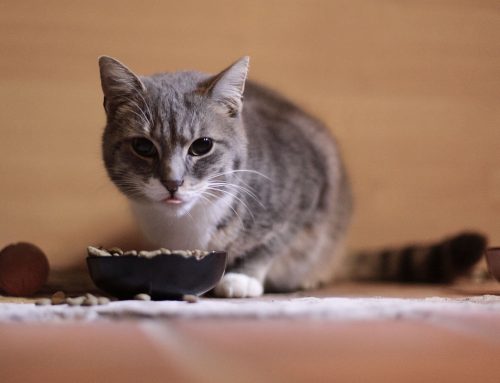Kittens put on weight quickly within the first year of their life, at least, if they are healthy and getting the nutrition that they need. Naturally, cat lovers everywhere are constantly looking for the best food to give their pets based on both their nutritional needs and the ingredients included in the food. There are hundreds of options for cat food out there, and it can be difficult to know which choice is best for your cat’s health. Fortunately, there are a few different things that you can take into account when making an effective decision. If you’re looking for the best kind of kitten food, below you’ll find a complete guide to what you should look for, what you should avoid, and how to provide the best nutrition for your cat to make sure they grow into a gorgeous feline!
What Makes Kitten Food Different?
There are plenty of kitten food brands out there and the variety can be difficult to sort through when trying to figure out the best option. But there are some aspects of pet foods that can indicate a higher quality product. Ideally, you’ll want to purchase pet food from a company that has gone through AAFCO feeding trials, which means the formula has been fed to cats to make sure there are no adverse effects. Some companies send their products to the shelves before they ever feed it to actual pets, which means the pet they’re testing the food on is yours!
To get your kitten used to multiple textures, you might want to offer them a variety of food types such as canned “wet” food vs. dry food. This will provide them with a more varied diet, and also set them up in case of a treatment plan for diabetes or kidney disease that uses canned food to help your cat recover. It’s important that you introduce your kitten to a variety of foods early on so they experience a balanced diet that provides them with the full spectrum of nutrients they need to stay healthy.
Nutritional Information to Look For
Kitten food and cat food are also two different things. Kitten food is going to be higher calorie and designed to facilitate growth and energy in a kitten rather than a full-grown cat. It’s important that you make that distinction when you choose which food to buy to provide the proper nutrition to suit their needs. Kittens should be allowed to eat as much as they like, and you can actually leave out food for them all day long as long as it’s dry so that it won’t go bad. Kittens need much more food than you might think based on their size, and it’s better to keep them well fed during their early months so they grow quickly.
The essential nutrients that cats need can’t come exclusively from vegetable-based ingredients. They need more protein in their food than dogs and there are some nutrients that they need for their health that can only come from animal tissue, including taurine, an amino acid that helps maintain cardiovascular and visual health. However, that doesn’t mean the way to keep your pet healthy is by feeding them exclusively meat or fish. That can also lead to nutritional imbalances. You’ll want to stick to a healthy, well-rounded variety of food that provides protein, plants, and animal nutrients to keep your kitten developing properly.
How to Feed Your Kitten
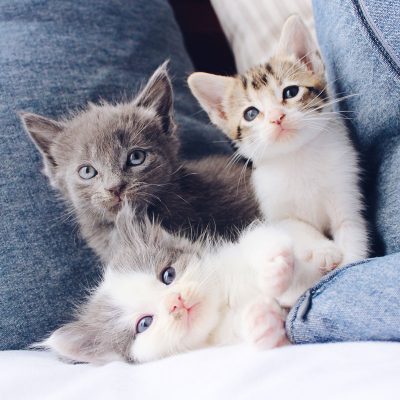 Kittens have to stay with their mothers for the first 2-3 weeks of their lives to be nursed, but once they are weaned, you’ll need to provide them with soft food that will be gentle on their stomachs. You can do this by combining one part warm water and three parts dry or canned kitten food. The end result should have the consistency and look of cooked oatmeal. Over the course of the next couple of weeks, you can slowly decrease the amount of water that you mix into the food. This will help make the transition to dry food within the first couple of months of their lives.
Kittens have to stay with their mothers for the first 2-3 weeks of their lives to be nursed, but once they are weaned, you’ll need to provide them with soft food that will be gentle on their stomachs. You can do this by combining one part warm water and three parts dry or canned kitten food. The end result should have the consistency and look of cooked oatmeal. Over the course of the next couple of weeks, you can slowly decrease the amount of water that you mix into the food. This will help make the transition to dry food within the first couple of months of their lives.
Because kittens have such small stomachs, they will need their food to be divided into three or four small meals each day for the first six months of their lives. Around the time they turn 6 months old, most cats can make the transition to 2 meals per day, but in some cases, older cats might still prefer smaller meals. You’ll also want to make sure that you give your cat a steady supply of water to complement their diet.
Once your cat is old enough to start eating adult food, you’ll want to gradually introduce it to their diet so that you don’t overwhelm their system. Keep in mind that you’ll also want to be careful about feeding your cat kitten food for too long since it’s a much higher calorie and will cause your cat to gain too much weight once they stop growing.
You’ll also want to keep an eye on your kitten’s eating habits to make sure they are developing properly. Most cats are naturally quite thin, but if you notice that your kitten seems overly bony or has a potbelly, you may want to contact your veterinarian. This can be an indication of parasites or other medical conditions.
In addition, if your kitten isn’t eating often enough, that can be an indication of illness. Kittens should be eating every few hours, and if they miss more than a very occasional meal, your kitten could be sick. Other signs of health problems in your kitten could include vomiting, diarrhea, low energy, poor skin or coat conditions, or a lack of appetite. If you notice any of these symptoms, you’ll certainly want to consult your veterinarian to make sure that your kitten is developing properly.
Your veterinarian can certainly point you in the direction of the best food depending on what your cat might need. Cats can have very individual needs or preferences and if you’re struggling to find the right combination of food for your cat, they might be able to provide some insight.
Some Tips about Caring for Your Kitten
There are plenty of reasons why your vet might need to get involved if your kitten isn’t eating, and if you have concerns you should certainly get them checked out. However, if you’re struggling to get your cat to eat, there are a few tricks you can try to entice them to eat their food.
- Some cats prefer to graze throughout the day and will be more likely to eat enough when they have food available all day.
- If you have multiple cats, one might be guarding the food and by extension preventing another from eating their share of the food. Make sure that all of your cats have access to the food they need throughout the day without having to cope with a threatening environment.
- Some household objects might be scaring your cat away from their bowls, such as an air conditioner, a pipe that makes noise, or a dishwasher.
- If you tend to add toppings to their food and you notice they aren’t likely to eat it, try taking a simpler route and leave off the toppings.
- Try heating up their food in the microwave so the aroma entices their appetite.
Before you alter your cat’s diet, you should speak to your veterinarian. It’s possible that some warning signs are more serious than you might think and any alteration to your cat’s diet could disrupt their system enough to cause them illness or discomfort. It’s better to err on the side of caution and ask them about possible dietary alterations before you make any changes on your own.
Every cat is completely unique and needs to be provided with care and nutrition that facilitates growth and development. It’s important that cat owners going into caring for a kitten understand how their nutritional needs differ from that of a full-grown cat. They also need to make educated decisions on the type of food they choose to provide their kitten with to ensure that they aren’t unintentionally harming their developing digestive systems. By following these recommendations and steps, kitten owners can certainly make a good start at making informed decisions and of course, your vet’s recommendation is certainly a great resource. With effort, you’ll be able to provide exactly the kind of care your kitten deserves.

